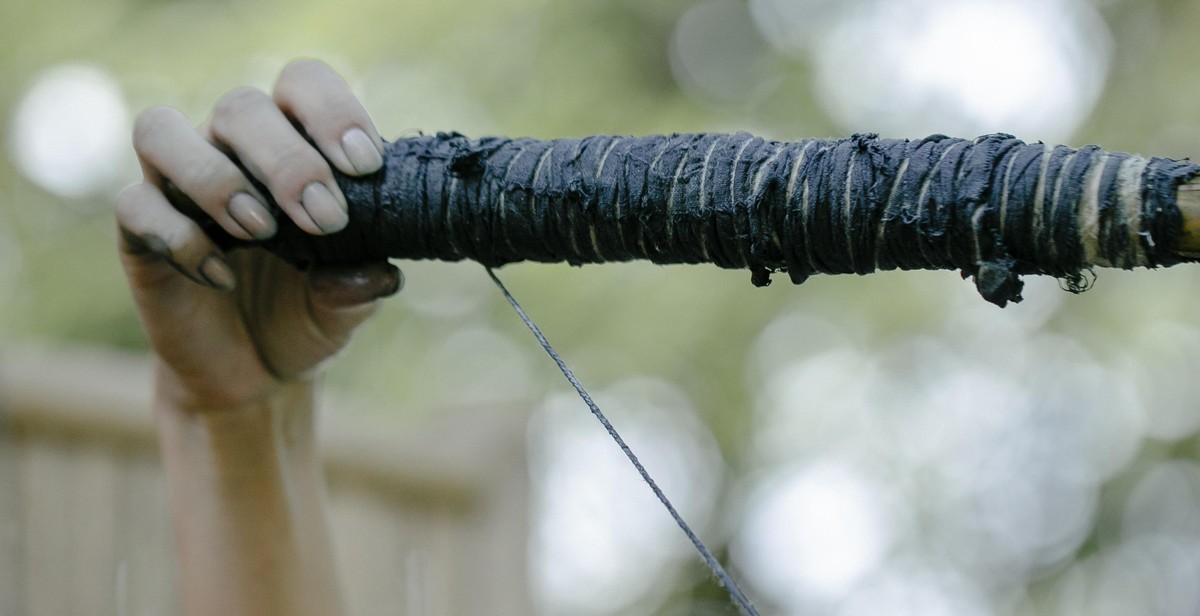Introduction: How to Properly Wind and Set Manual-Winding Watches
If you are an avid watch collector or enthusiast, you may have come across manual-winding watches. Unlike automatic or quartz watches that run on batteries, manual-winding watches rely on the wearer to manually wind the mainspring to keep the watch running.
Manual-winding watches are often preferred by watch enthusiasts due to their traditional and mechanical nature, as well as their connection to watchmaking history. However, winding and setting a manual-winding watch can be a bit tricky, especially if you are new to the world of mechanical watches.
What are Manual-Winding Watches?
Manual-winding watches, also known as hand-wound watches, are mechanical watches that rely on the wearer to manually wind the mainspring to keep the watch running. The mainspring is a coiled spring that stores the energy needed to power the watch. When the mainspring is wound, it tightens and stores energy, which is then released slowly over time to power the watch’s movement.
Manual-winding watches often have a more traditional and classic look and feel compared to their automatic or quartz counterparts. They require regular winding to keep them running, which can be a satisfying ritual for watch enthusiasts.
In the following sections, we will discuss how to properly wind and set manual-winding watches to ensure accurate timekeeping and to prolong the life of your timepiece.

Why is Proper Winding and Setting Important?
Proper winding and setting of manual-winding watches is crucial to ensure their accurate timekeeping and longevity. Here are some reasons why:
1. Accuracy
Manual-winding watches rely on the mainspring to power the movement. If the watch is not wound properly, the mainspring may not have enough power to keep the watch running accurately. Over time, this can cause the watch to lose time or stop altogether. By winding the watch regularly and correctly, you can ensure that the mainspring is fully wound and the movement is running at its optimal level of accuracy.
2. Longevity
Proper winding and setting can also help extend the life of your manual-winding watch. Overwinding the watch can put unnecessary stress on the mainspring, causing it to wear out faster. On the other hand, not winding the watch enough can cause the movement to struggle and ultimately lead to damage. By following the manufacturer’s guidelines for winding and setting, you can help ensure that your watch lasts for years to come.
3. Convenience
Winding and setting your manual-winding watch correctly can also make it more convenient to use. By setting the time accurately, you can avoid the hassle of constantly adjusting the time throughout the day. And by winding the watch regularly, you can avoid the inconvenience of having to set the time and date every time you put the watch on.
4. Personalization
Manual-winding watches often have unique features, such as a power reserve indicator or a moon phase display. By properly winding and setting your watch, you can take advantage of these features and personalize your watch to suit your preferences.
Overall, proper winding and setting of manual-winding watches is essential for accuracy, longevity, convenience, and personalization. By following the manufacturer’s guidelines and taking care of your watch, you can ensure that it runs smoothly and lasts for years to come.

How to Wind a Manual-Winding Watch
Manual-winding watches are a classic and timeless piece of accessory that requires a bit of effort to keep running. Winding your watch properly is essential to ensure its accuracy and longevity. Here is a step-by-step guide on how to wind your manual-winding watch:
Step 1: Remove the Watch from Your Wrist
Before winding your watch, it is important to take it off your wrist to avoid any damage to the watch or injury to yourself. If you are wearing a watch with a leather strap, make sure to remove it carefully from your wrist to avoid any scratches or damages.
Step 2: Unscrew the Crown
The crown is the small knob on the side of your watch that is used to set the time. To wind your manual-winding watch, you need to unscrew the crown first. Hold the watch firmly in one hand, and gently pull the crown outwards until you hear a click. This will release the winding mechanism.
Step 3: Wind the Watch
Once the crown is pulled outwards, you can start winding your watch. Rotate the crown clockwise in a smooth and steady motion until you feel some resistance. Do not force it if you feel any resistance, as this may damage the watch. Keep winding until the crown stops rotating or until you feel a slight tension in the spring.
Step 4: Push the Crown Back In
Once you have finished winding your manual-winding watch, gently push the crown back inwards until it clicks into place. Make sure to screw the crown back in tightly to ensure the watch is water-resistant.
Properly winding your manual-winding watch is essential to keep it running accurately and smoothly. Make sure to follow these steps carefully to avoid any damages to your watch.

How to Set a Manual-Winding Watch
Manual-winding watches require a bit of extra effort to set and wind, but the result is a timepiece that is both accurate and elegant. Here are the steps to follow:
Step 1: Pull the Crown Out to the First Position
Locate the crown, which is the small knob on the side of the watch. Gently pull the crown out to the first position. This position allows you to set the date.
Step 2: Set the Date
Turn the crown clockwise or counterclockwise to set the date to the correct day. If your watch does not have a date function, skip this step and proceed to step 3.
Step 3: Pull the Crown Out to the Second Position
Gently pull the crown out to the second position. This position allows you to set the time.
Step 4: Set the Time
Turn the crown clockwise or counterclockwise to set the time to the correct hour and minute. Be sure to set the time to either AM or PM depending on the time of day.
Step 5: Push the Crown Back In
Once you have set the time, gently push the crown back in to its original position. Your manual-winding watch is now properly set and ready to wear.

Tips for Properly Winding and Setting Your Watch
Properly winding and setting your manual-winding watch is essential to ensure its accuracy and longevity. Here are some tips to help you keep your watch in top condition:
Tip 1: Wind Your Watch at the Same Time Every Day
Manual-winding watches need to be wound regularly to keep them running. It’s important to wind your watch at the same time every day to ensure consistent accuracy. Most manual-winding watches need to be wound once a day, but some may require more frequent winding.
Tip 2: Set Your Watch to the Correct Time Zone
If you frequently travel between time zones, it’s important to set your watch to the correct time zone to ensure its accuracy. This is especially important for manual-winding watches, as they do not have the automatic time zone adjustment feature found in many modern watches. Make sure to adjust your watch accordingly when traveling to a new time zone.
Tip 3: Avoid Overwinding Your Watch
Overwinding your manual-winding watch can cause damage to its internal mechanisms. To avoid overwinding, stop winding your watch when you feel resistance. Do not force the crown to turn beyond this point, as doing so can cause damage to the watch.
Tip 4: Keep Your Watch Clean and Dry
Keeping your watch clean and dry is essential to its longevity. Wipe down your watch with a soft cloth regularly to remove any dirt or dust that may have accumulated on its surface. Avoid exposing your watch to water or moisture, as this can cause damage to its internal mechanisms.
- Wind your watch at the same time every day
- Set your watch to the correct time zone
- Avoid overwinding your watch
- Keep your watch clean and dry
Conclusion
Properly winding and setting manual-winding watches is essential for their longevity and accuracy. It may seem like a simple task, but it requires attention to detail and patience. Here are some key takeaways:
- Always wind your watch at the same time every day to ensure consistent accuracy.
- Do not overwind your watch as it can cause damage to the movement.
- Be gentle when setting the time and date to avoid damaging the delicate components of your watch.
- When not wearing your manual-winding watch, store it in a safe and dry place to prevent damage.
Remember that proper care and maintenance of your manual-winding watch can extend its lifespan and ensure that it remains accurate for years to come. If you are unsure about how to wind or set your watch, consult the manufacturer’s instructions or take it to a professional watchmaker for assistance.
Investing in a high-quality manual-winding watch is a decision that can bring you joy and satisfaction for many years. By following the tips outlined in this article, you can ensure that your watch remains in excellent condition and continues to function at its best.
